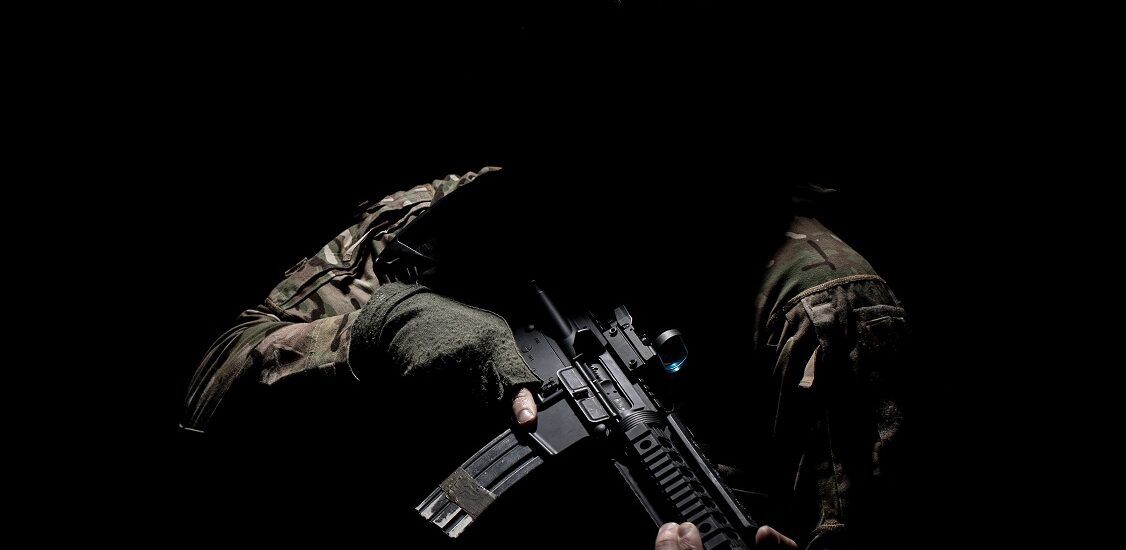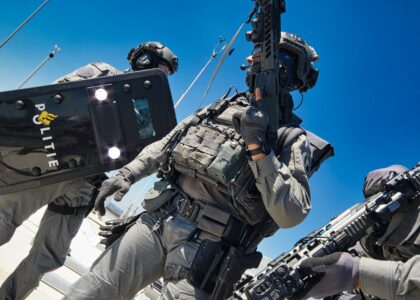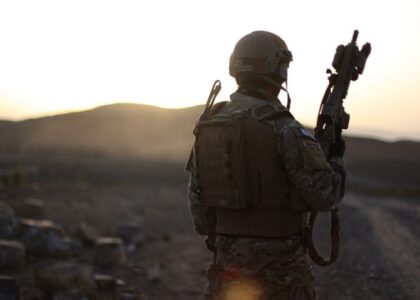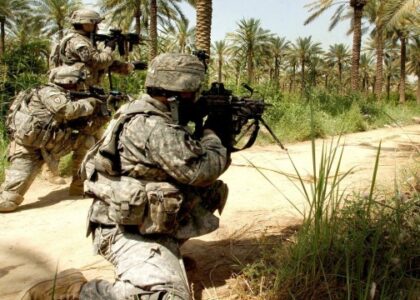It is estimated that a level IV body armor can take at least one hit from an M2AP round before failing altogether. According to the current National Institute of Justice 0101.06 standard, the highest level of ballistic protection is a level IV plate. According to the NIJ 0101.06 standard, the technical nomenclature for describing armor levels is as follows: IIA, II, IIIA, III, and IV. This is the highest-grade body armor available. It has thick plates that can deflect a.30 caliber armor-piercing (steel core) bullet and stop a 7.65 mm armor-piercing bullet traveling at 2880 feet per second.
Despite countless failed attempts, the hard plate remains the only form of level IV body armor that has proven effective in combat. Hard plates of 10 by 12 inches are the most common size for level IV protection. Sizes, shapes (such as shooter’s or swimmer’s cut), and formats (such as SAPI/ESAPI) can be customized. Most adults can wear a 10×12 plate for protection of the chest and back.
Body armor rated at Level IV used to be made of steel or ceramic composites, but as science has advanced, new materials have been developed. Various modern materials, including as ceramic composites, ultra-high molecular weight polyethylene (UHMWPE) textiles, aramids like Twaron and Kevlar, steel, silicon carbide, boron carbide, and carbon nanotubes, are used in the production of body armor to fend against ballistic threats. Due to the broad variety of materials and production procedures used to make the armor, there is a large range in the number of M2AP rounds that can be safely fired at level IV.
If you want a level IV body armor for sale, then there are a few things you must pay attention to. The weight of a Level IV body armor for sale often ranges from 5 to 9 pounds, depending on the materials and plate design. In addition, many of the level body armor for sale vary in price, material, and in the total number of bullet impacts it can sustain.
For more articles, please click here.






Recent Comments